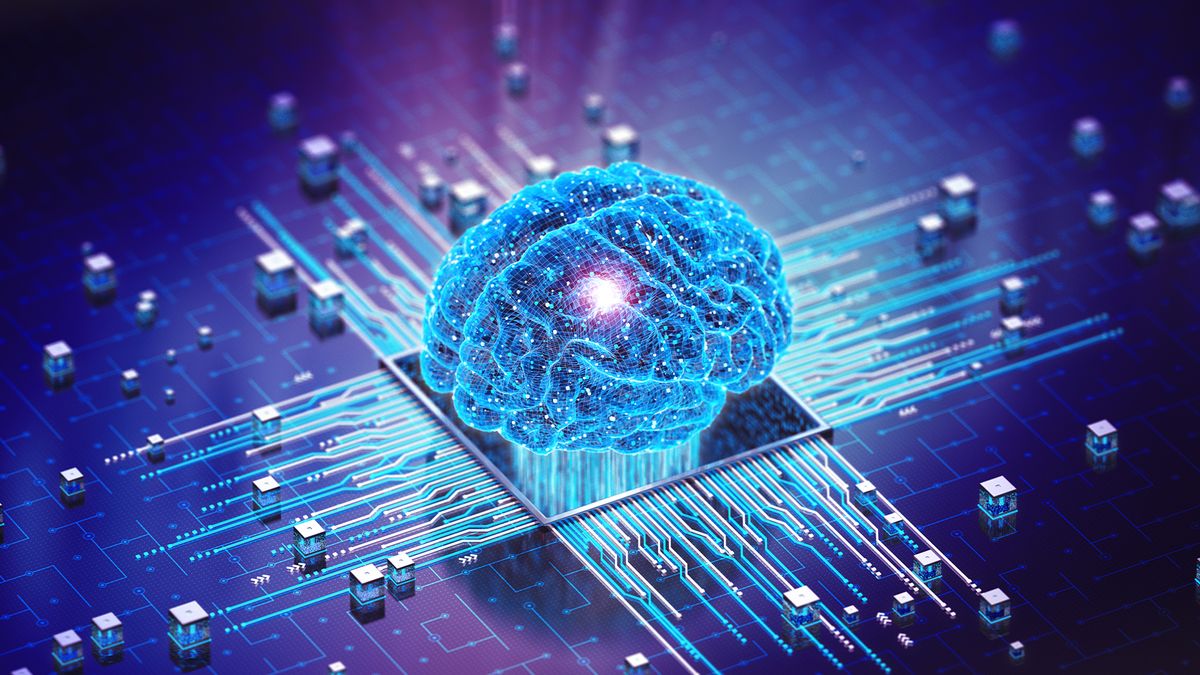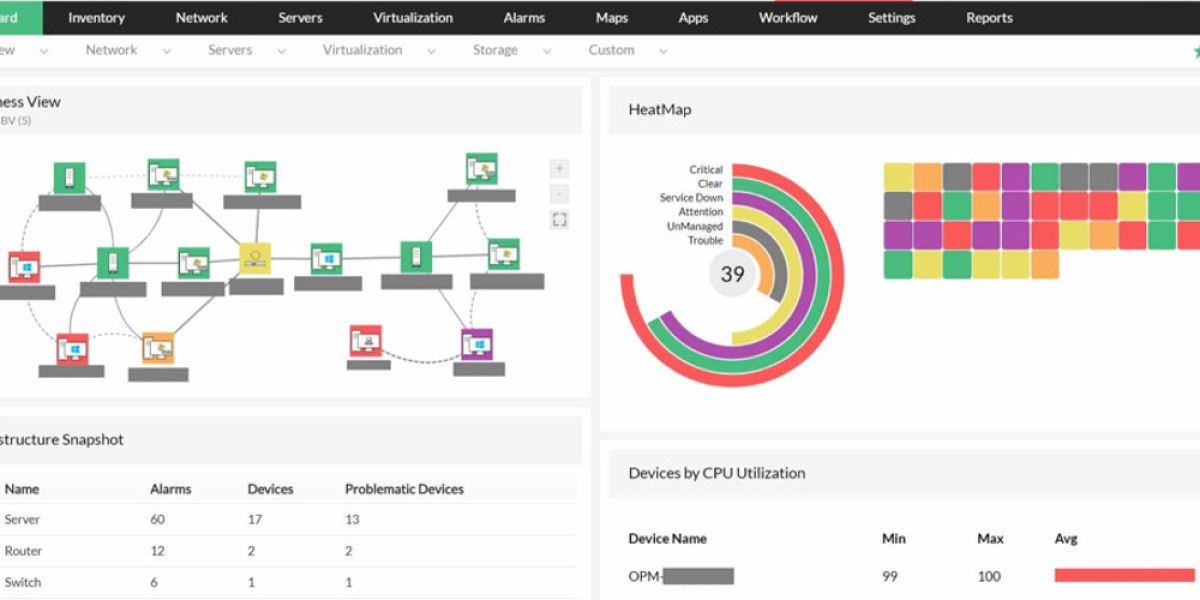
DeepSeek-R1 the most current AI design from Chinese start-up DeepSeek represents a cutting-edge improvement in generative AI technology. Released in January 2025, it has gained worldwide attention for its innovative architecture, cost-effectiveness, and remarkable performance throughout multiple domains.

What Makes DeepSeek-R1 Unique?

The increasing demand for AI designs capable of managing intricate thinking jobs, long-context comprehension, and domain-specific flexibility has exposed constraints in traditional dense transformer-based designs. These models typically experience:
High computational costs due to triggering all specifications during reasoning.
Inefficiencies in multi-domain job handling.
Limited scalability for oke.zone massive releases.
At its core, DeepSeek-R1 differentiates itself through a powerful combination of scalability, effectiveness, and high performance. Its architecture is built on 2 fundamental pillars: a cutting-edge Mixture of Experts (MoE) framework and an innovative transformer-based style. This hybrid method enables the model to deal with intricate jobs with extraordinary precision and forum.batman.gainedge.org speed while maintaining cost-effectiveness and attaining state-of-the-art outcomes.
Core Architecture of DeepSeek-R1
1. Multi-Head Latent Attention (MLA)
MLA is a critical architectural innovation in DeepSeek-R1, introduced at first in DeepSeek-V2 and additional refined in R1 designed to enhance the attention system, decreasing memory overhead and computational inadequacies during reasoning. It runs as part of the model's core architecture, straight affecting how the design procedures and creates outputs.
Traditional multi-head attention calculates different Key (K), Query (Q), and Value (V) matrices for each head, which scales quadratically with input size.
MLA changes this with a low-rank factorization method. Instead of caching full K and V matrices for each head, MLA compresses them into a latent vector.
During inference, these latent vectors are decompressed on-the-fly to recreate K and V matrices for each head which drastically decreased KV-cache size to just 5-13% of standard techniques.
Additionally, MLA incorporated Rotary Position Embeddings (RoPE) into its design by dedicating a portion of each Q and K head particularly for positional details preventing redundant knowing across heads while maintaining compatibility with position-aware jobs like long-context reasoning.
2. Mixture of Experts (MoE): The Backbone of Efficiency
MoE structure permits the model to dynamically activate only the most appropriate sub-networks (or "professionals") for an offered task, ensuring effective resource usage. The architecture includes 671 billion criteria dispersed throughout these expert networks.
Integrated vibrant gating system that takes action on which experts are triggered based upon the input. For any given question, just 37 billion parameters are triggered throughout a single forward pass, substantially minimizing computational overhead while maintaining high efficiency.
This sparsity is attained through methods like Load Balancing Loss, oke.zone which makes sure that all professionals are utilized uniformly with time to avoid bottlenecks.
This architecture is built on the structure of DeepSeek-V3 (a pre-trained structure design with robust general-purpose abilities) further improved to boost reasoning capabilities and domain flexibility.
3. Transformer-Based Design
In addition to MoE, DeepSeek-R1 includes innovative transformer layers for natural language processing. These layers integrates optimizations like sparse attention mechanisms and efficient tokenization to catch contextual relationships in text, making it possible for remarkable comprehension and reaction generation.
Combining hybrid attention mechanism to dynamically adjusts attention weight distributions to optimize performance for both short-context and long-context circumstances.
Global Attention captures relationships throughout the whole input series, dokuwiki.stream ideal for jobs requiring long-context comprehension.
Local Attention concentrates on smaller sized, contextually significant sections, such as nearby words in a sentence, improving effectiveness for language jobs.
To improve input processing advanced tokenized techniques are incorporated:
Soft Token Merging: merges redundant tokens during processing while maintaining crucial details. This reduces the number of tokens passed through transformer layers, improving computational efficiency
Dynamic Token Inflation: counter possible details loss from token combining, the design uses a token inflation module that restores essential details at later processing phases.
Multi-Head Latent Attention and Advanced Transformer-Based Design are closely related, as both handle attention mechanisms and transformer architecture. However, they concentrate on various elements of the architecture.
MLA specifically targets the computational effectiveness of the attention system by compressing Key-Query-Value (KQV) matrices into latent spaces, reducing memory overhead and reasoning latency.
and Advanced Transformer-Based Design focuses on the total optimization of transformer layers.
Training Methodology of DeepSeek-R1 Model
1. Initial Fine-Tuning (Cold Start Phase)
The procedure starts with fine-tuning the base design (DeepSeek-V3) using a small dataset of carefully curated chain-of-thought (CoT) thinking examples. These examples are thoroughly curated to make sure variety, clarity, and logical consistency.
By the end of this phase, pipewiki.org the design demonstrates improved reasoning abilities, setting the phase for advanced training stages.
2. Reinforcement Learning (RL) Phases
After the initial fine-tuning, DeepSeek-R1 goes through several Reinforcement Learning (RL) stages to further refine its reasoning abilities and ensure positioning with human preferences.
Stage 1: Reward Optimization: Outputs are incentivized based upon precision, readability, and format by a benefit design.
Stage 2: Self-Evolution: Enable the design to autonomously establish advanced reasoning habits like self-verification (where it checks its own outputs for consistency and accuracy), reflection (recognizing and correcting mistakes in its thinking process) and error correction (to refine its outputs iteratively ).
Stage 3: Helpfulness and Harmlessness Alignment: Ensure the design's outputs are helpful, harmless, and aligned with human preferences.
3. Rejection Sampling and Supervised Fine-Tuning (SFT)
After producing a great deal of samples only top quality outputs those that are both accurate and understandable are chosen through rejection tasting and reward design. The design is then additional trained on this refined dataset utilizing supervised fine-tuning, which consists of a broader variety of questions beyond reasoning-based ones, enhancing its efficiency throughout multiple domains.
Cost-Efficiency: A Game-Changer

DeepSeek-R1's training expense was approximately $5.6 million-significantly lower than completing designs trained on pricey Nvidia H100 GPUs. Key aspects adding to its cost-efficiency include:
MoE architecture decreasing computational requirements.
Use of 2,000 H800 GPUs for training rather of higher-cost alternatives.
DeepSeek-R1 is a testament to the power of development in AI architecture. By combining the Mixture of Experts framework with support knowing methods, it delivers state-of-the-art outcomes at a fraction of the cost of its rivals.


